|
|
|
|
Wave-equation inversion of time-lapse seismic data sets |
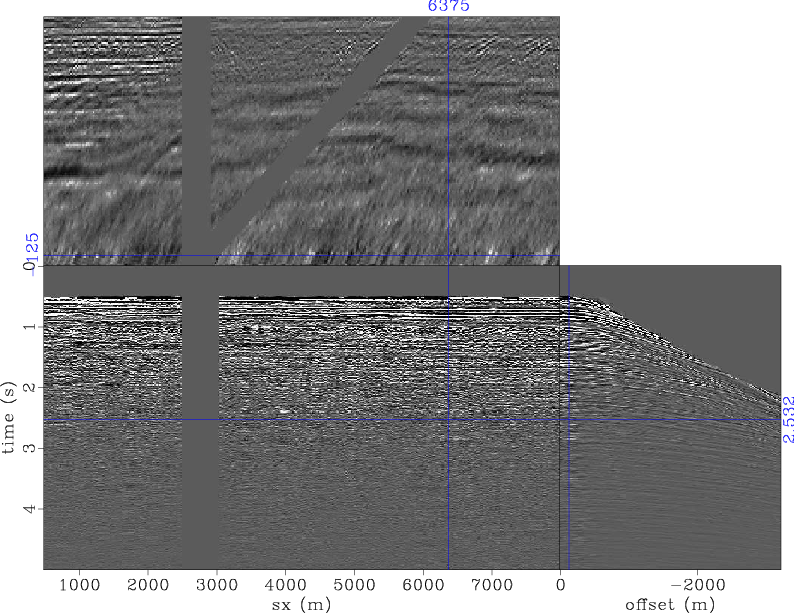
|
|---|
|
dmhl-dat-2759-b4-hole
Figure 9. Gapped monitor data. Note that we have sources and receivers are missing around within the simulated obstruction. |
|
|
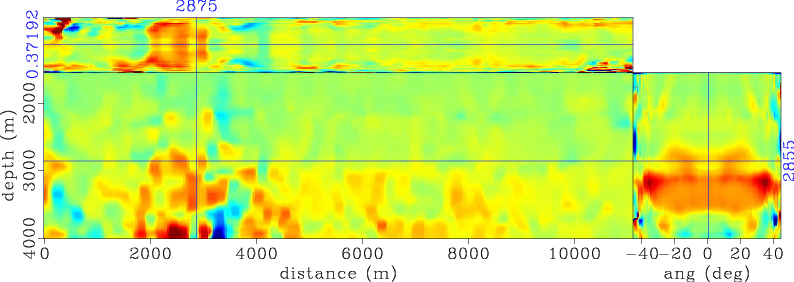
|
|---|
|
dmhl-warp-2759-08-rflat-ts
Figure 10. Apparent vertical displacements between images from the baseline and interpolated monitor data sets. Comparing this to Figure 5, note that estimates of the apparent displacements are similar to those from the complete data case. |
|
|
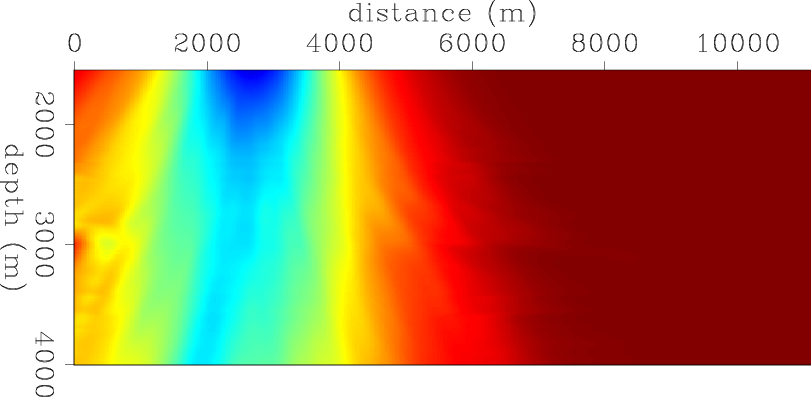
|
|---|
|
hs-2759-rat
Figure 11. Illumination ratio between the baseline and monitor. Red indicates regions with equal illumination (i.e., ratio equals unity) whereas blue indicates unequal illumination (i.e., ratio less than unity). |
|
|
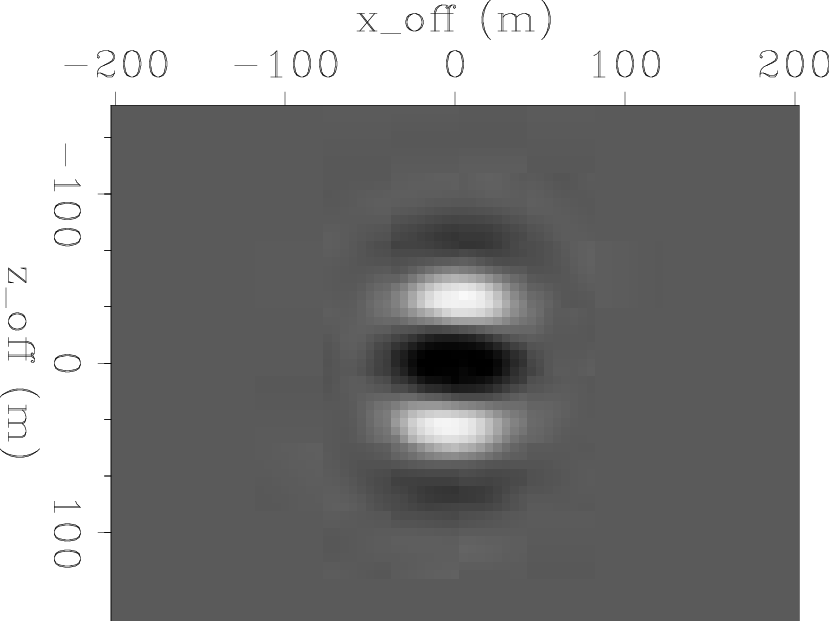
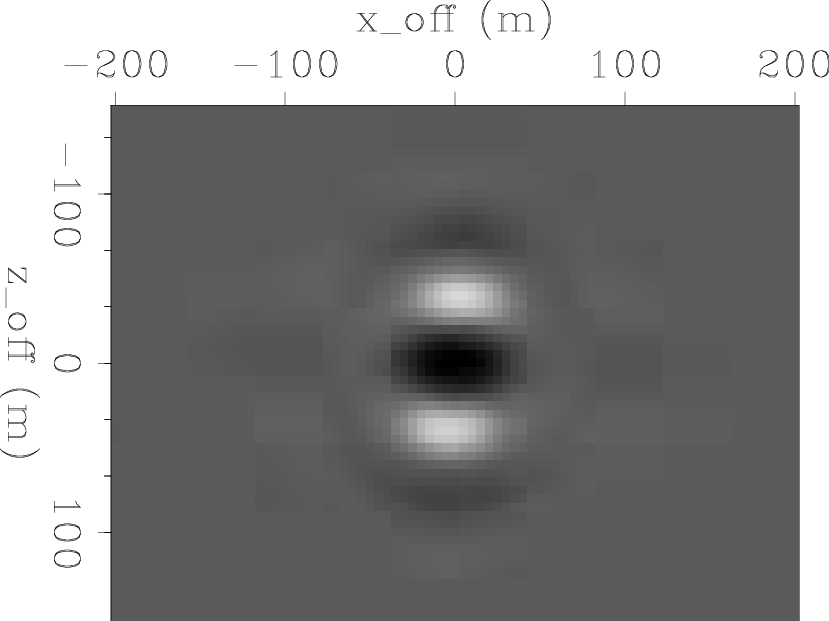
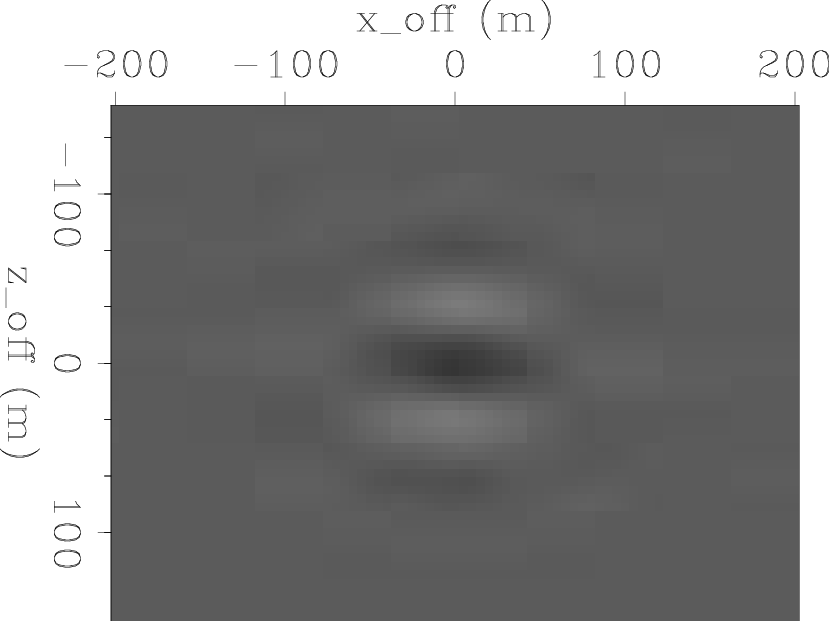
|
|---|
|
hs-2759-offd-06,hs-2759-offd-08,hs-2759-offd-diff
Figure 12. Point-spread-functions at point |
|
|
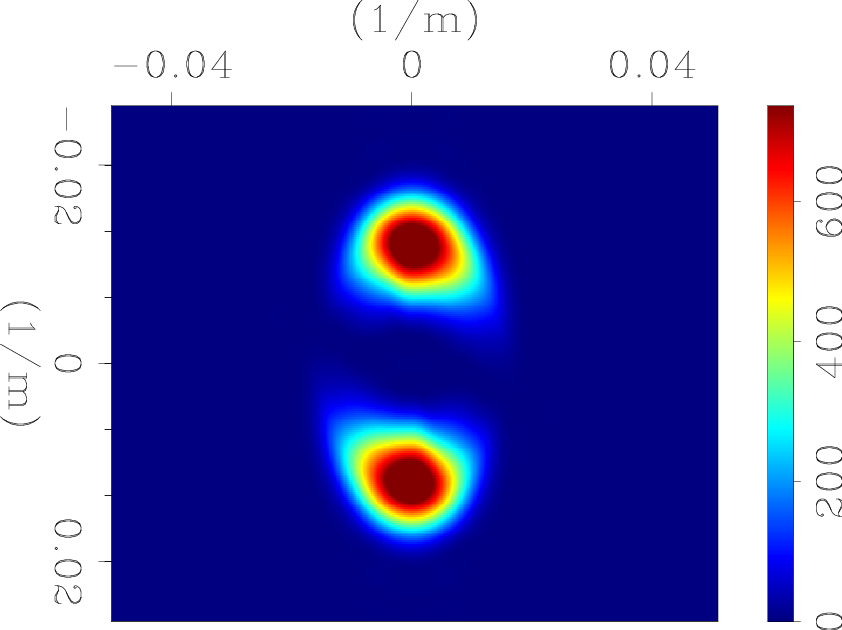
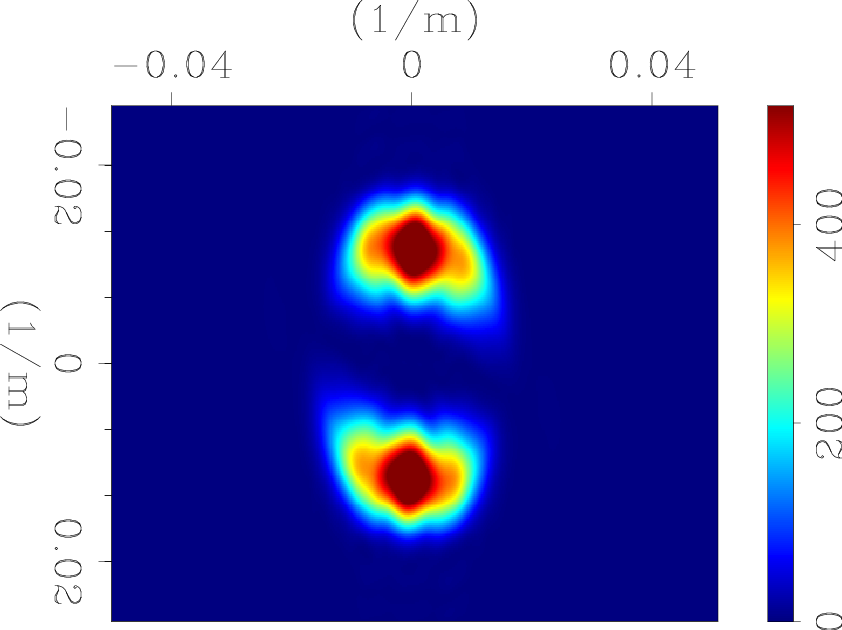
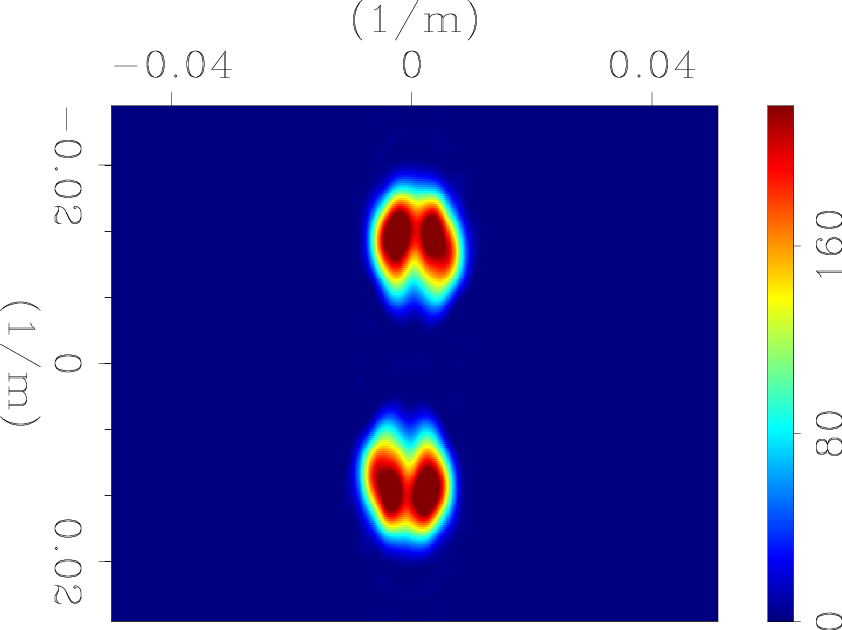
|
|---|
|
hs-2759-fft-06,hs-2759-fft-08,hs-2759-fft-diff
Figure 13. Wavenumber domain point-spread-functions at point |
|
|
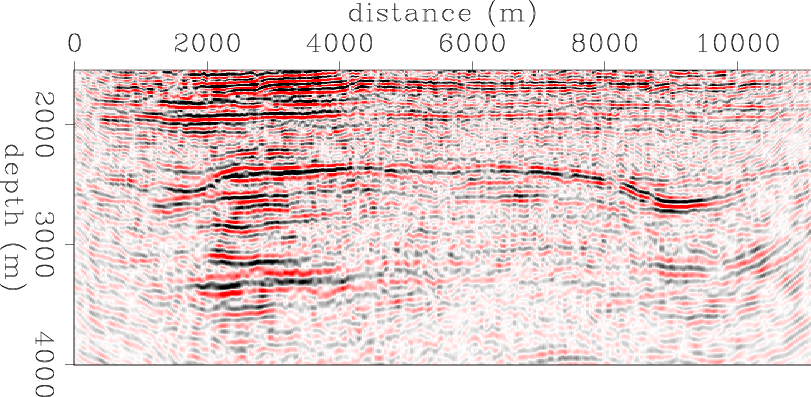
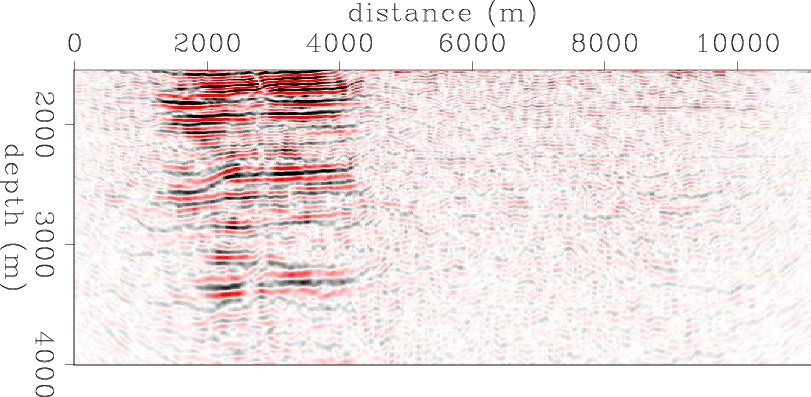
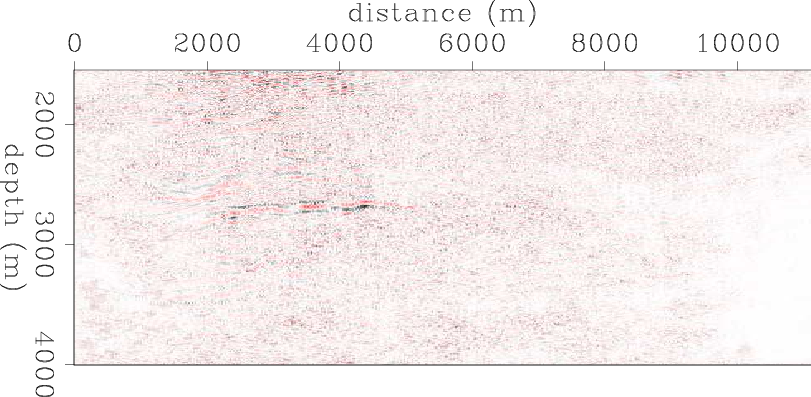
|
|---|
|
dmhl-raw-2759-4d,dmhl-rwarp-2759-4d,dmhl-inv-2759-4d
Figure 14. Time-lapse images (a) from the raw data, (b) after time-lapse processing and (c) after wave-equation inversion. Also, because of artifacts introduced by the incomplete monitor data, conventional methods fail to provide results of comparable quality to the complete data example (Figure 8(b)). Note that inversion provides satisfactory results. |
|
|
|
|
|
|
Wave-equation inversion of time-lapse seismic data sets |